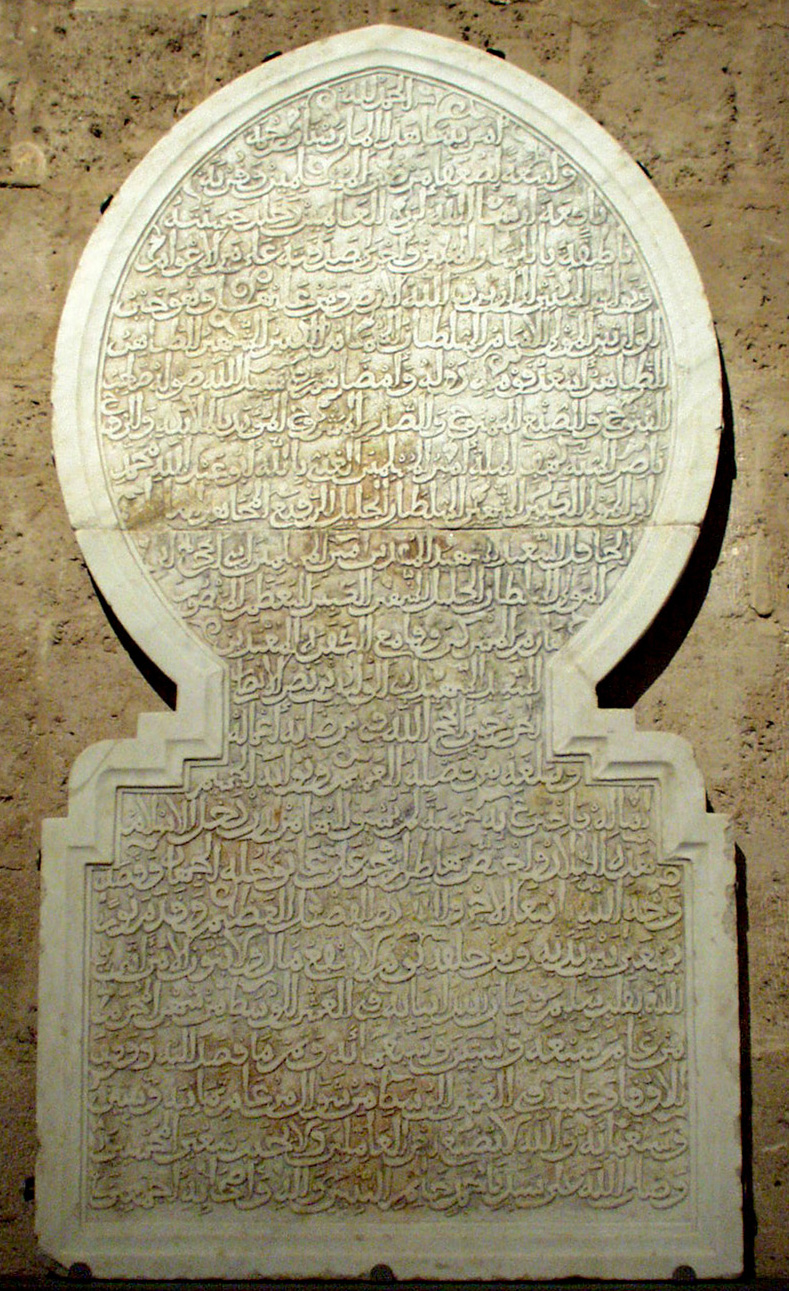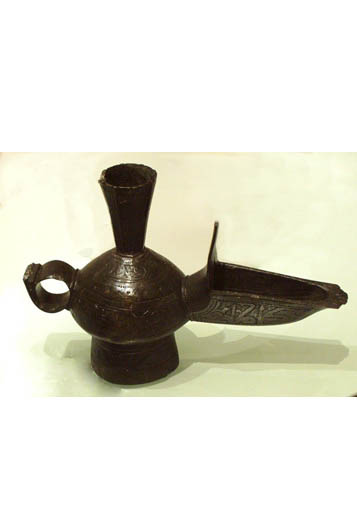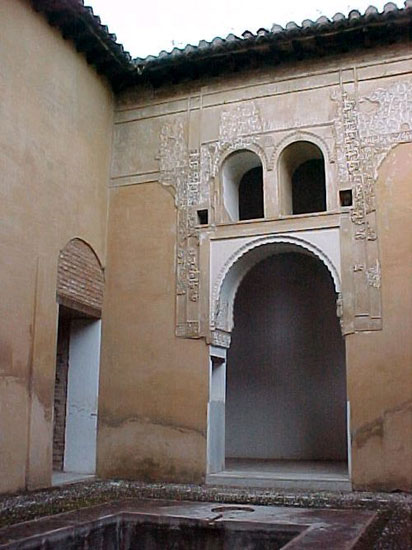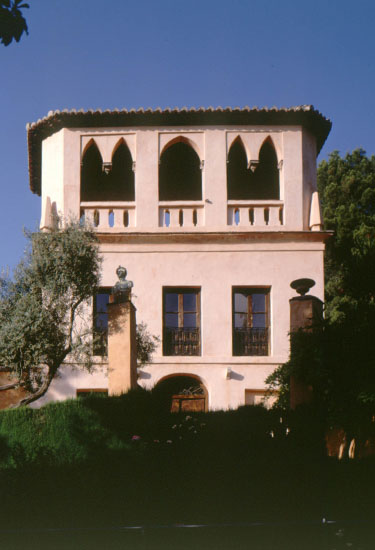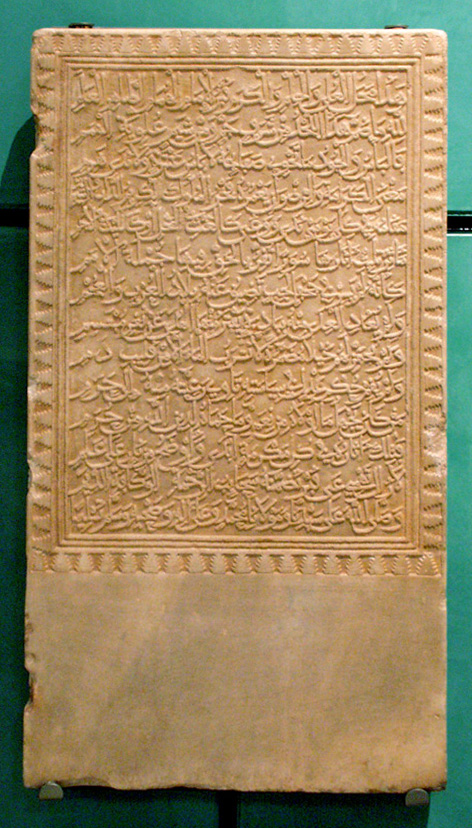The holm oak
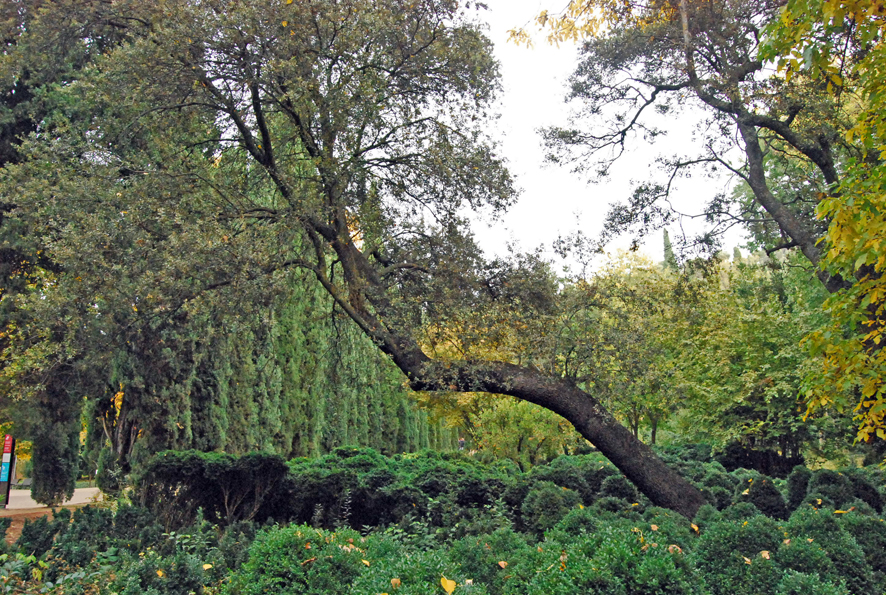
The holm oak (Quercus ilex subsp. ballota) is the quintessential tree of Mediterranean forests.
In the time of al-Andalus it was known as the ballut. It grows slowly and is well-known for its longevity. It adapts to many kinds of soil and resists the hot, dry summer very well.
The ancient peoples of Iberia gradually domesticated the holm oak forests to create “dehesas” with large holm oaks with big sweet acorns (e.g. Dehesa of the Generalife).
We have several descriptions from the Arabic period of the ways its wood was used in construction. Its acorns were used for making an alternative flour to wheat, which was of limited use as it had astringent effects. The acorns were also used to heal internal ulcers, tan leathers and even to regulate menstruation. Its roots were used to dye hair black and its wood shavings were used to conserve pomegranates and quinces.
The tree in the picture is the only holm oak left inside the monument. It grows with an unusual slant.





 Contact
Contact






